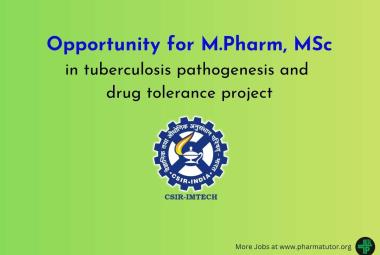A Virginia Institute of Technology scientist has used a mathematical model to demonstrate that robots may indeed be able to have a working brain. The paper published in the journal Scientific Reports.
[adsense:336x280:8701650588]
Waren Ruder, assistant professor of biological systems engineering said "We were trying to find out from the mathematical model if we could build a living microbiome on a non-living host and control the host through the microbiome,"
Ruder's approach revealed unique decision-making behavior by a bacteria-robot system. The robots will respond to bacteria he will engineer in his lab. The bacteria in the mathematical experiment exhibited their genetic circuitry by either turning green or red according to what they ate.
In the mathematical model, the robot was equipped with sensors and a miniature microscope to measure the color of bacteria instructing it where and how fast to go depending upon the pigment and intensity of color.
[adsense:468x15:2204050025]
In one instance, as the bacteria were directing the robot towards food, the robot paused before quickly making its final approach -- a classic predatory behavior of higher order animals that stalk prey. On a broad scale, understanding the biochemical sensing between organisms could have far reaching implications in ecology, biology and robotics, said
In agriculture, bacteria-robot model systems could enable robust studies that explore the interactions between soil bacteria and livestock.
In health care, further understanding of bacteria's role in controlling gut physiology could lead to bacteria-based prescriptions to treat mental and physical illnesses. Ruder also envisions droids that could execute tasks such as deploying bacteria to remediate oil spills.
The findings also add to the ever-growing body of research about bacteria in the human body that are thought to regulate health and mood, and especially the theory that bacteria also affect behavior.
Subscribe to PharmaTutor News Alerts by Email >>







